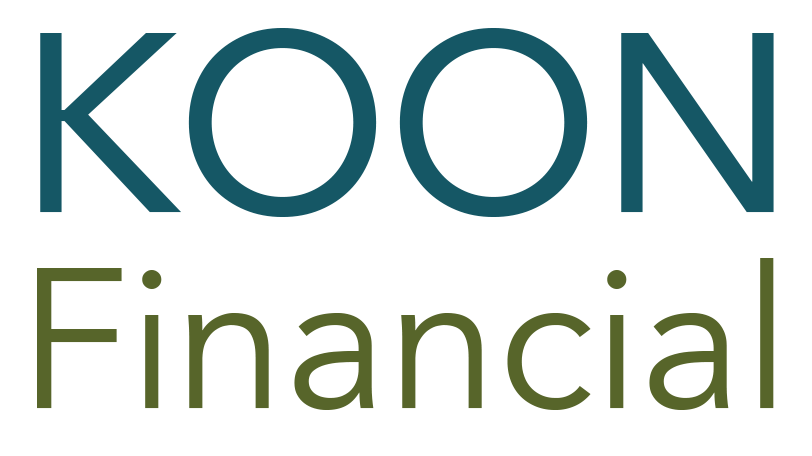2021 Fourth Quarter Market Commentary

SUMMARY: The Total Return for the S&P 500 closed the year of 2021 at 28.7%. The leading sectors driving the total return were Energy (+47.7%), Information Technology (+33.4%), and Financials (+32.5%). The 4th quarter return was up over 10.5% despite a volatile October and November. Valuations for U.S. stocks have entered the higher end of historical levels pointing to the possibility of a typical 10%-15% correction. Our expectations are that a correction would be confined to a quarter or two. Such a reaction would be related to a slower growth rate of U.S. GDP resulting from a continuing reaction to COVID variants and labor supply concerns, inflation, and potential corporate (and personal) income tax rates, fiscal policy, and a shift to tighter monetary policy.
Supply-chain disruptions have further aggravated shortages of important components and products due to global epidemic responses and labor issues. We expect inflation to be persistent over the next couple of years.
Positive Indicators for the remainder of 2021
- Accommodative fiscal (stimulus) and monetary (low-interest rates) policies remain the policy choice of most governments, including the U. S.
- Evidence of significant numbers of workers is changing jobs to take advantage of new opportunities.
Caution Indicators for 2022
- COVID variants may continue to create delays and disrupt local economies.
- Underlying longer-term inflationary pressures may result in inflation rates at the higher end of the Fed’s projections forcing tighter monetary policies.
- Supply-chain disruptions may continue as fallout from reactions to the continuing pandemic leading to slower growth rates.
- The financial services sector is preparing for a surge in defaults and foreclosures as the temporary relief plans have expired.
- Debate over fiscal policies and tax restructuring could have a negative impact on U S stock prices. The impact, though, is hard to predict in light of significant stimulus and return to a slow growth economic environment.
- We continue to be concerned about geopolitical concerns as tensions seem to be increasing around the globe.
INFLATION AND CENTRAL BANK POLICIES: The Federal Reserve has indicated that interest rates will be raised, and a less accommodative monetary policy will begin in 2022 in order to slow the rate of inflation. The Fed has acknowledged that persistent and long-term pressures are present. We believe there are underlying forces that will lead to inflation rates in the 3% to 3.5% during the 2022-2023 period.
FISCAL AND TAX POLICIES: Congress authorized a significant portion of the proposed massive infrastructure spending programs in 2021 that will affect the U.S. economy over the next several years. At the start of 2022 potential changes to U.S. income tax policies are unclear. We anticipate discussions will resume as Congress reconvenes.
OIL PRICES: Oil prices remain at least 50% higher than the end of 2020 contributing to inflationary pressures building within the U.S. economy.
STOCK VALUATION: U.S. stock prices, generally, have reached the higher level of historical valuations as measured by price/earnings and price/book ratios. We are continuing to reduce exposure to expensive growth stocks and adding to value stocks which are more reasonably priced. We also find non-U.S. stock prices attractive.
NON-US STOCKS: Our intention is to position portfolios with exposure to non-U.S. stocks (“international” and “emerging markets”) expecting these sectors out-performing U. S. stocks over the next few years. The appropriate weighting in client portfolios depends upon the objectives and needs of each client’s situation.
STYLE SHIFTS: Throughout 2022 we intend to continue to increase the value-oriented portfolio and realizing gains from growth stocks as opportunities arise. A value-weighted portfolio has proven to be both defensive and a source of portfolio return as economies experience slower growth rates.
INVESTMENT STRATEGY FOR 2022
We believe most clients will benefit from a diversified equity-oriented portfolio and are focusing on adjusting the growth/value style weighting in client portfolios.
There appears to be an increasing level of risk to stock portfolios and a 15%+ consolidation is a normal expectation.

